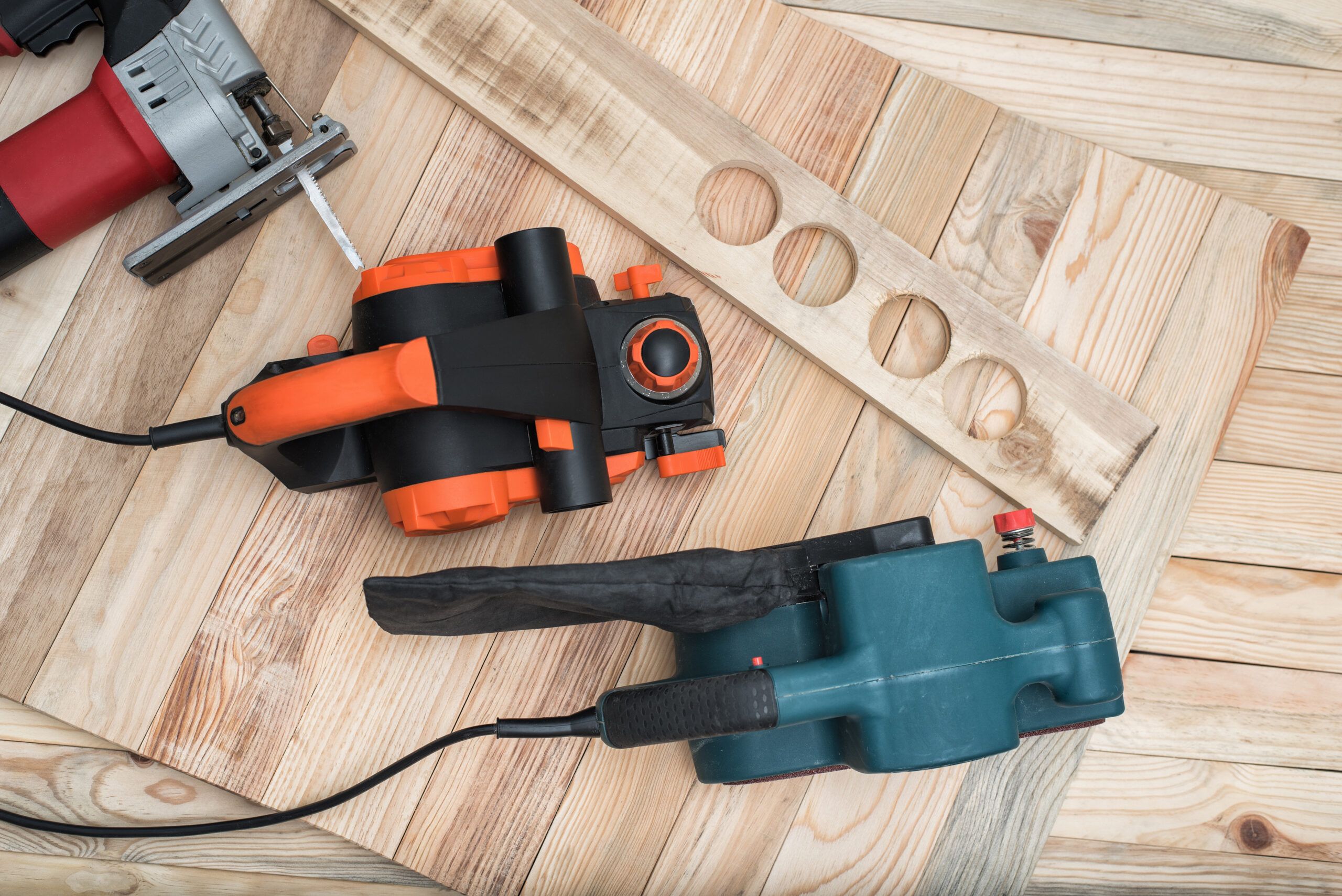Got a lot of household projects to tackle, but don’t want to shell out a bunch of money for new tools? Secondhand tools can be a great way to save money while building your toolkit. We’ll walk you through how tools are supposed to perform, what to look for in used models, and the best places to buy them.
Essential Research Before Buying Used Tools
Before you start shopping, think about the projects you plan to do with your tools or perhaps even what you want in your toolbox for later use.
At the very least, you should know which tool performs which tasks and how. Read books and magazine articles, peruse websites, and watch video reviews on platforms like YouTube. Research different brands, their quality and durability, and what special features they include in their products.
If you prefer doing hands-on research, visit some brick-and-mortar stores. Tool shop workers can explain the differences between brands and models, and pawnshops can give you an idea of the going resale prices. Pawnbrokers try to buy items with a high resale value, so if a tool’s going to sit on the shelves rather than sell, they won’t take the chance.
Where To Find Quality Secondhand Tools
Websites like eBay, Facebook Marketplace, Craigslist, and Amazon Renewed make it easier than ever to find and buy used tools from the comfort of your home, so long as you don’t mind paying shipping. Always check a seller’s ratings and reviews to increase your odds of a good experience.
Consider places in your local community, too. You can examine used tools firsthand at yard and garage sales, flea markets, pawnshops, estate sales, and local auctions. Some sellers may even let you negotiate a price.
What To Look For When Buying Used Tools
Once you’ve done your research, you’ll know what a particular new tool looks like and how it behaves. Now, you can compare what you know with what you see. You don’t want to buy a power tool that doesn’t work, and you don’t want a hand tool that isn’t in good shape.
In any case, look for contractor-grade tools made with heavier parts. These are more durable than standard homeowner DIY tools. A few excellent brand names include DeWalt, Bosch, Ridgid, Makita, and Milwaukee.
Hand Tools
Look over hand tools carefully for corrosion and rust, cracks, or other signs of wear. If a tool has moving parts, check to see that they move freely. Some manufacturers offer lifetime warranties on their hand tools, so it may be worthwhile to contact customer service for a replacement of an inoperative secondhand tool if the terms allow.
Bladed Tools
The blade edge is the most critical part of a wood carving tool. That includes chisels, which you should avoid buying if the blade is short due to years of grind-down.
Look for signs of improper sharpening, such as grinder marks or a bluish hue indicating overheated steel. In those cases, an expert will need to fix the edge, adding cost to your tool shopping spree.
Power Tools
Power tools are far more intricate, and you’ll need to inspect them more carefully to make sure what’s on offer is a good deal. Pay attention to the following areas:
- Battery packs: More and more used power tools are cordless, and their battery packs may only last a few years. New packs can get expensive quickly, so test run the tool long enough to ensure the battery holds up. Only buy a used cordless tool from a seller who can tell you how old it is.
- Housing: Watch out for cracked tool housing and missing screws and parts. Make sure all guards and safety features are in place.
- Noises and feel while running: Listen for unusual noises and note how the tool feels in your hand. Wobbling could mean a blade or shaft is loose.
- Plug and cord: The plug should have its original prongs intact. If you see any signs of fraying, loose, exposed, or taped wires, you’re better off not buying the tool.
- Startup: When you start the tool, focus on the motor vents. If you see smoke or smell signs of burning, it’s a good idea to pass.
Red Flags To Watch Out For When Buying Used Tools
Be wary of these warning signs when shopping for secondhand tools:
- Excessive wear or damage inconsistent with the tool’s reported age
- Missing safety features or guards
- Sellers unwilling to demonstrate the tool’s functionality
- Tools sold in large lots without explanation (may indicate stolen goods)
- Unusually low prices for high-end tools
Above all, trust your instincts. If something seems too good to be true, it probably is.
Our Conclusion
So long as you have good customer savvy and patience, buying secondhand can be a good way to expand your DIY toolbox without breaking the bank. Remember to prioritize your safety, thoroughly inspect any tool before you buy, and take advantage of opportunities to negotiate costs down for the best possible deal.

